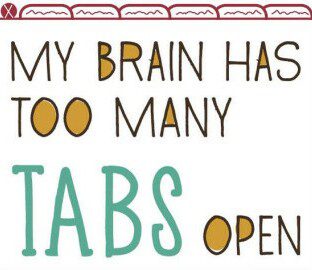When I talk about the mind, I talk about an aspect of a human, the brain function of gathering, storing, and retrieving information. It is a simple and stupid computer thinking itself as you.
It is stupid, because it has NO FACULTIES to decide if what is being fed to it is true or not, it can only COMPARE what is coming in to what it already stores.
It sets up filters to your perception, hearing, seeing, sensing, to filter out everything it considers not relevant… but it takes its clue for relevancy in what it already stores.
If you decided as a child that you are useless and dumb, it will not allow you to hear anything counter to that, or anything that would need useful and intelligent.
Your mind is not your friend. You need to start control it, and take leadership.
There is the you, the part of you that isn’t judging and isn’t judged. That is what we will consider the Real You. That is the part of you that is the Boss.
And the servants or employees are the body, the mind, the soul, the ego, the subconscious, the will, the intellect… they each serve a different purpose in keeping you alive, in making you grow, in your being.
All that talk about making your mind better, etc. is based on misunderstanding or often is a deliberate attempt (successful so far) to enslave you.
Because the mind does not include critical faculties, it is the primary way to manipulate you, and make other people’s bidding… like government, church, Dark Side, etc.
Read the rest of the article



